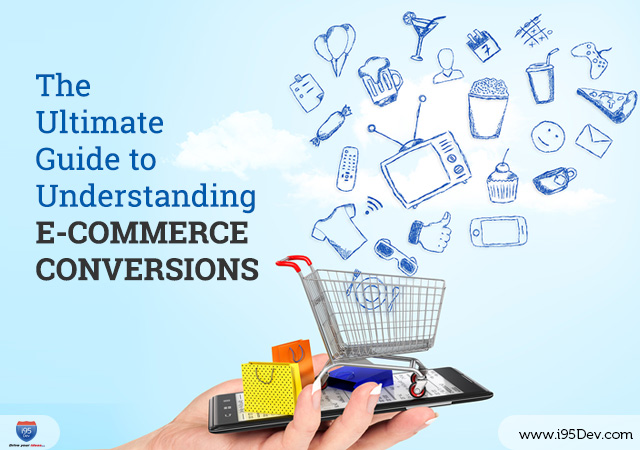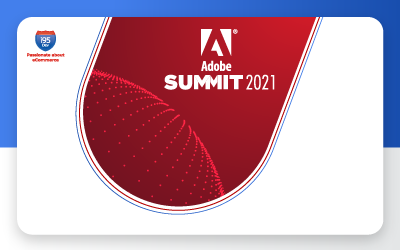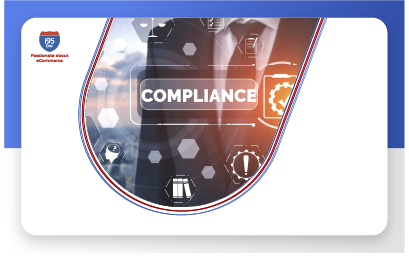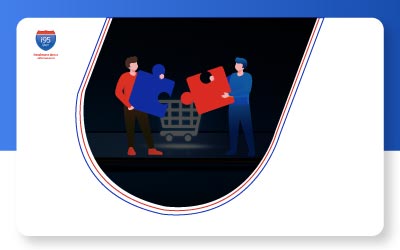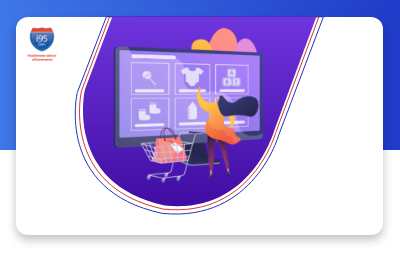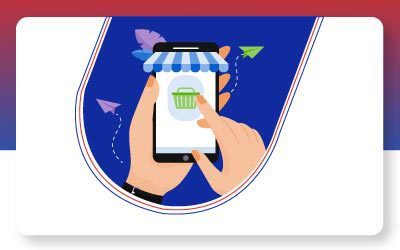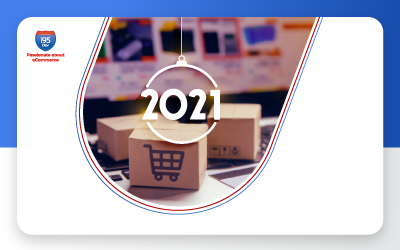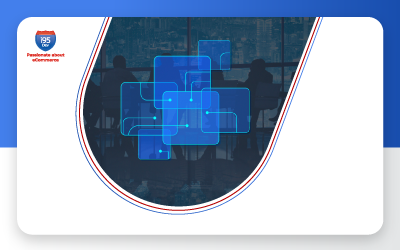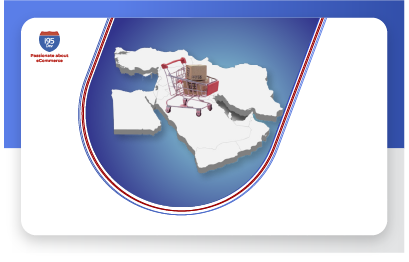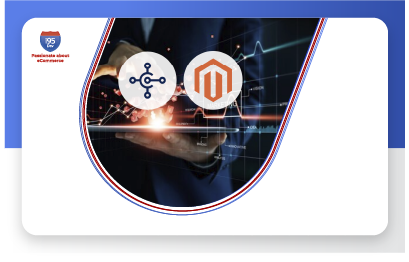The Story
Imagine this, you have worked hard to build this amazing product, develop a beautiful e-commerce store to sell the product, run ads and promotional campaigns to bring consumers to your site, but for some reason, the cash registers are not ringing. Not a happy ending.
Now how can we change the story to have a happy ending? Let us revisit the example again – you have worked hard to build this amazing product, develop a beautiful e-commerce store to sell the product, run ads and promotional campaigns to bring consumers to your site, the consumers visiting the site purchase from you. This sounds much better than the previous version, but what changed? What changed was – “the consumers visiting the site purchase from you” – In other words, the consumer CONVERTED into a customer.
E-commerce Conversion – The Outcome
Conversion is what makes the money flow in. But, conversion by itself does not mean anything, it is conversion rate that businesses are usually interested in – analyzing the conversion rate from various campaigns and strategizing ways to improve them.
The conversion rate is the ratio of the virtual footfall (the number of visitors) against those who actually carry out the desired action – which could be anything from signing up for an email newsletter, registering for a webinar, downloading a piece of content, or buying from your e-commerce store.
But, what contributes to e-commerce conversion, or rather in improving e-commerce conversion? Getting it right, is that an art or science? Well, it is both. It is an art because you as a business will have to innovate and come out with strategies to better engage your visitors and lead them to the desired action. It is science because you can, in a number of instances, generalize your learnings and replicate it for other visitors.
Understand your Customers – Laying the Plot
The most important step to e-commerce conversion success is understanding the customers. Understand the needs that bring them to your site, understand the context (how did they find your site, the device they are using, etc.) they operate in and understand how they interact with your site to satisfy those needs.
There are a number of factors that you will have to evaluate to draw meaningful insights like,
- Industry
- New or a returning visitor
- Breakdown of the traffic by devices, location, medium, campaign, time of the day, etc.
- The pages they are visiting, the path they take to reach a particular page, the categories they browse, the products they select, etc.
- The message that is attracting them, the offers, etc.
A good analytics can help businesses gather a lot of this information, which can be complemented by the data from advanced tools like heat maps and more.
Improve E-commerce Conversion – Connecting the Dots
Armed with the understanding, you can now quickly identify the bottlenecks or deal breakers that prevent your visitors from converting (performing the desired action). The next step would be to address these bottlenecks and reap the benefits of improved conversion. Below are few ways in which you can address the commonly identified bottlenecks in e-commerce:
- Responsive – make sure that your store is responsive and adapts to various screen sizes
- Page Speed – ensure that you site loads quickly
- Navigation and Search – make it convenient for your visitors to find the product they are looking for
- Quality Content – give your visitors all the information they need to make an informed decision (the content can be presented in various formats text, images, video, etc.)
- Pay attention to the User Experience –
- Ratings and Reviews – leverage social proof to drive the desired action from your visitors
- Give them Options – give them options like multiple payments, free shipping, etc. to overcome their initial resistance
- Make it easy for them to purchase – leverage options like one-page checkout, guest checkout, etc. to make shopping convenient for your visitors
- Build Trust – the visitors will only purchase from you if they trust you. Build trust by leveraging trust symbols like verified by Visa, eliminating hidden charges, etc.
- Call to Action – have a clear call to action
- Create a sense of urgency – create a sense of urgency (only a few left in stock, limited time deals, etc.) to drive action from customers
- Follow up – get visitors who have abandoned shopping carts back to your sites and convert them



